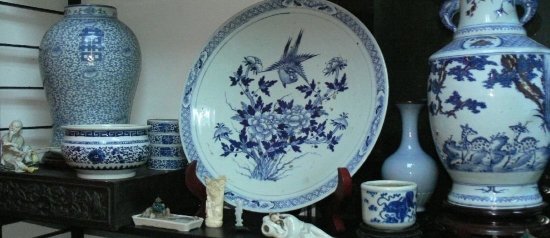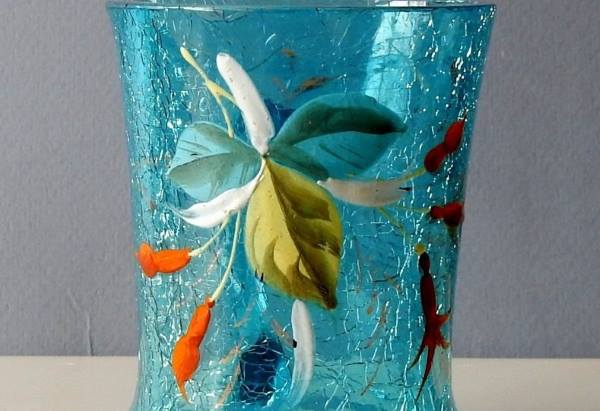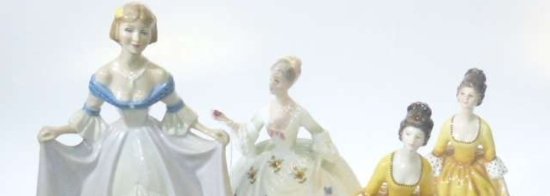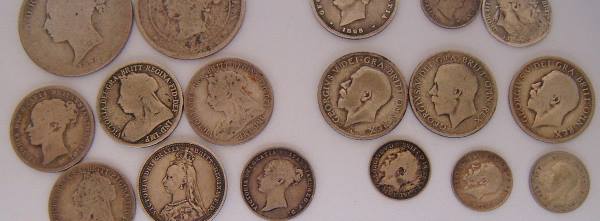The Los Angeles County Museum of Art, LACMA, owns one of the most famous carpets in the world, the Ardabil Carpet. This sixteenth-century masterpiece in silk and wool is one of the most important works in LACMA’s collection. The carpet is being displayed from 22 January until 11 May 2004, for the first time since its return from England for cleaning and repair.
Due to its size, 7.2 by 4.0 metres, LACMA’s Ardabil was sent to the Historic Royal Palaces Textile Conservation Studios at Hampton Court Palace, outside of London, one of the few facilities in the world with a wash table large enough to safely hold the carpet.
Carpets are perhaps the best known Islamic art form. Among the most famous of all Islamic carpets are those from Iran and among those, two of the finest are the Ardabil Carpets: the Los Angeles Ardabil and its mate, the London Ardabil, at the Victoria and Albert Museum. That two identical Persian court carpets have survived would alone make these carpets extraordinary, but rarer still is the fact that they are signed and dated. In a cartouche at one end is the inscription:
Other than thy threshold I have not refuge in this world
My head has no resting place other than this doorway
Work of a servant of the court, Maqsud of Kashan, [in] the year 946 [1539-40]
This couplet from a Persian ghazal by the renowned fourteenth-century lyric poet Hafiz woven into the wool pile of the carpets makes them unique. As if that were not enough to distinguish the Ardabils for all time, they stand out as brilliant expressions of the aesthetic and technical achievements of the Safavid Dynasty which united and ruled Iran from 1501 to 1732. The complexity of the Ardabils’ design and the lyricism of its detail convey the refinement of a traditional decorative vocabulary notable for its endless experimentation and boundless imagination.
The Safavid dynasty traced their descent from Shaykh Safi al-Din, a Sufi mystic who founded a dervish order at Ardabil, in northwestern Iran. In 1501 Isma’il Safvi seized control of the area and was proclaimed the first Safavid shah in Tabriz, the new capital. Isma’il established Shi’ite Islam as the official religion of the Safavid state, which at the time consisted solely of the province of Azerbayan. Within a decade, however, all of Iran was under Safavid control. The two carpets known as the Ardabils belong to this period of cultural, political and religious flowering.
Given their high quality and large size, the Ardabil carpets are most likely royal commissions, the product of the patronage of a member of the ruling house, perhaps Shah Tahmasp, an early Safavid ruler who was a great patron of the arts. During Safavid rule, carpet weaving evolved from a rural and nomadic craft into a national industry and an internationally acclaimed art form, as the Safavid rulers established royal factories in cities such as Tabriz, Kashan, Kirman and Isfahan.
The Ardabil carpets were probably made in northwestern Iran, possibly Tabriz. Their name comes from the belief that they were originally housed at the shrine complex built in honour of Shaykh Safi in the city of Ardabil, perhaps for a large octagonal building known as the Jannat-saray, possibly intended as Shah Tahmasp’s burial chamber (although he was buried elsewhere), which would explain the building’s scale and the commissioning of the carpets (and perhaps the choice of inscription).
Toward the end of the nineteenth century, the carpets were sold to an English firm, Ziegler & Co. of Manchester and Sultanabad, possibly to pay for repairs to the shrine as a result of earthquake damage. Although details are lacking, it appears that the carpets were damaged and the outer borders and part of the lower field of one carpet was removed and attached to the other to ‘complete’ it. This larger carpet was subsequently sold to the Victoria and Albert Museum, after such influential public figures as William Morris and John Ruskin praised the aesthetic merits of the carpet.
The existence of a second carpet was kept secret and it was eventually sold to Charles Yerkes, a slightly shady American multimillionaire who helped build the London Underground, on the condition that it be taken out of England and never sent back.
Yerkes’s large and important carpet collection was sold at auction in New York in 1910. From this sale, Joseph R. De Lamar-a wealthy Dutch immigrant-purchased the Ardabil Carpet. When De Lamar’s estate was sold in 1918, the carpet went into the hands of Sir Joseph Duveen, the prominent London art dealer. Duveen considered the carpet one of his most important personal possessions. In 1931 he lent it to a major exhibition of Persian art in London, where J. Paul Getty, along with the public, saw the carpet for the first time. In 1939 Getty was successful in purchasing it from Duveen and brought the Ardabil back to New York and eventually California. In 1953 he donated it to the Museum of Science, History, and Art in Exposition Park from whence it came to LACMA with its establishment in 1965.
Numerous repairs and the addition of a replacement border requiring skilful re-weaving to even out the edges of LACMA’s carpet meant that the re-woven sections were inherently weaker than those in the original carpet, due to different fibre processing and dyeing techniques. Small tears were beginning to appear each time the carpet was unrolled, and high acidity probably due to residue from an early washing meant the carpet could not be safely displayed.
In 1999 LACMA’s textile conservators joined the conservators at Hampton Court to develop a cleaning protocol that rinsed out accumulated soil and soluble acids from the carpet. The cleaning was done on an enormous wash table, measuring 6 x 9 metres. Support fabrics were then stitched to the back of the carpet to facilitate safe handling. The entire process took nine months to complete.






